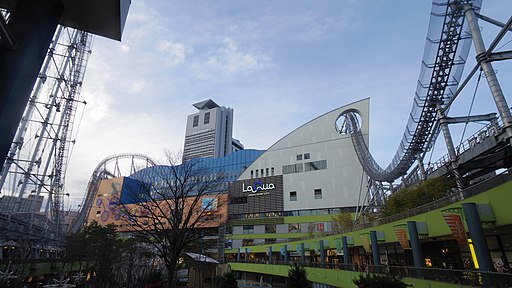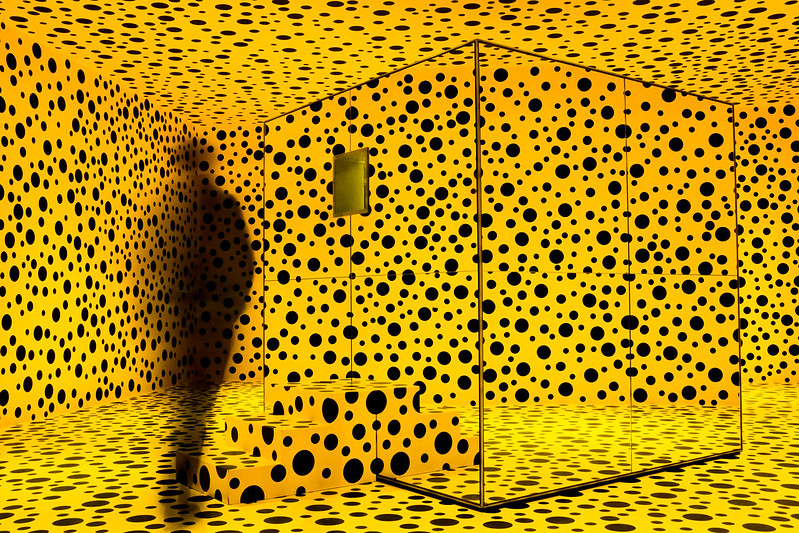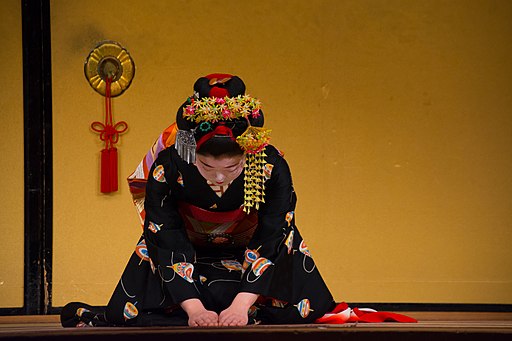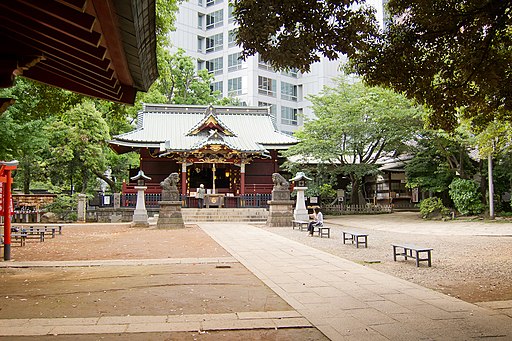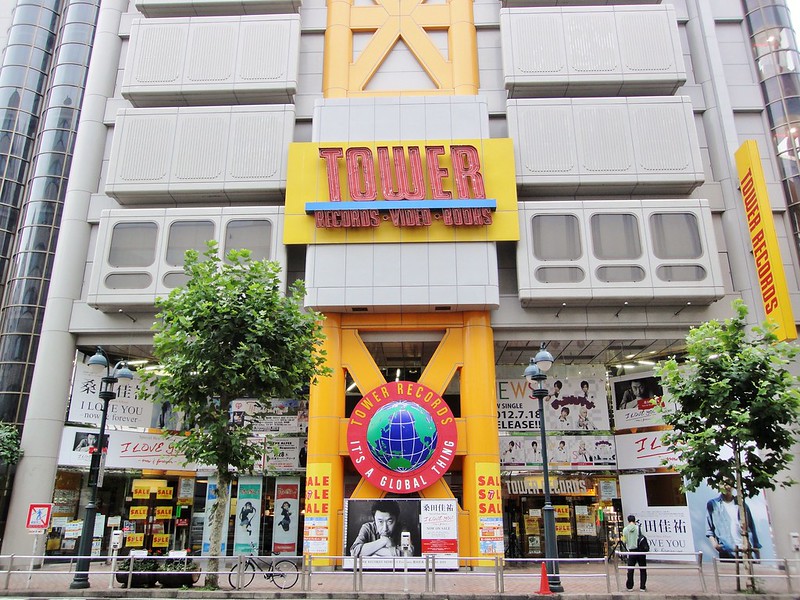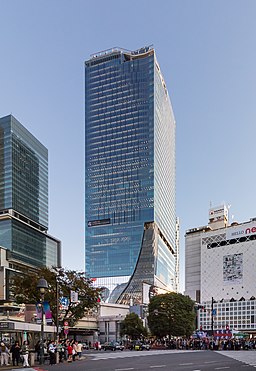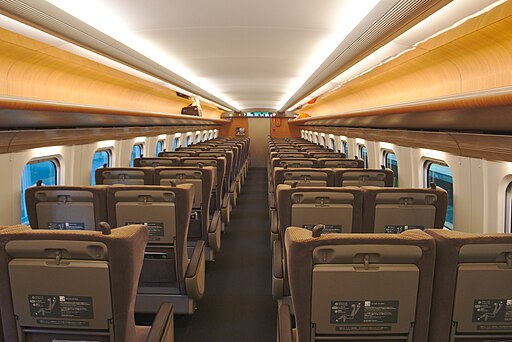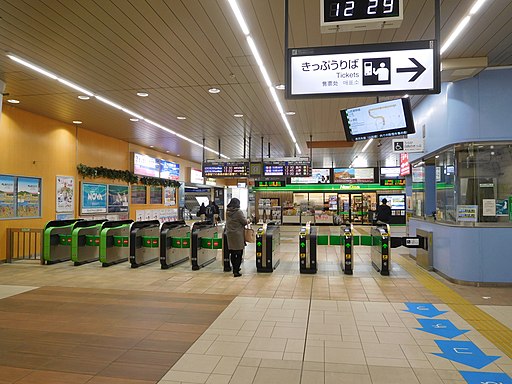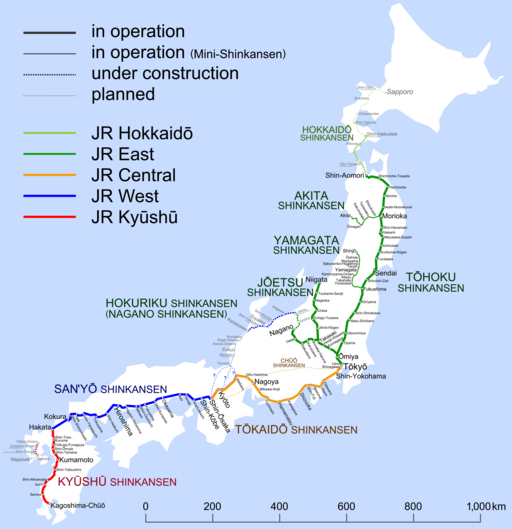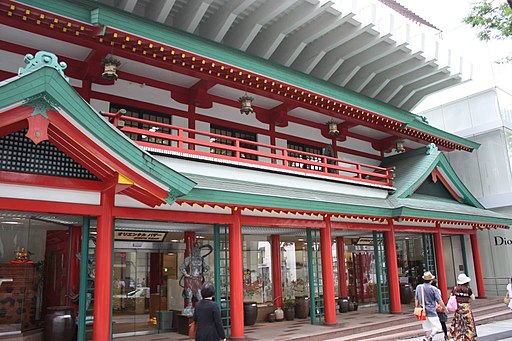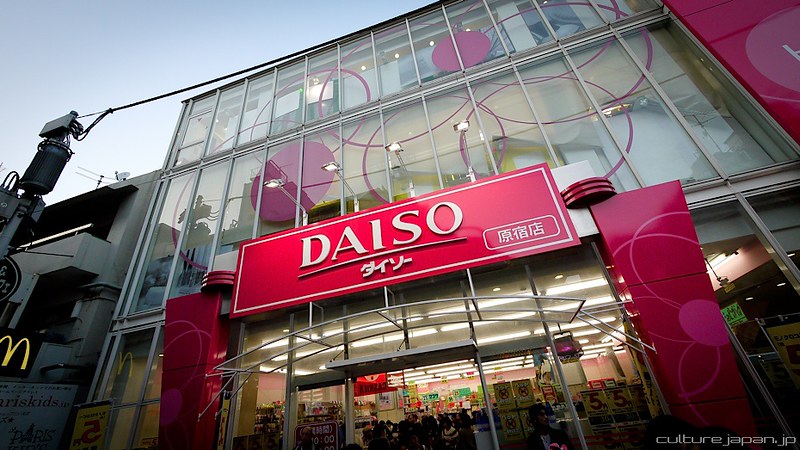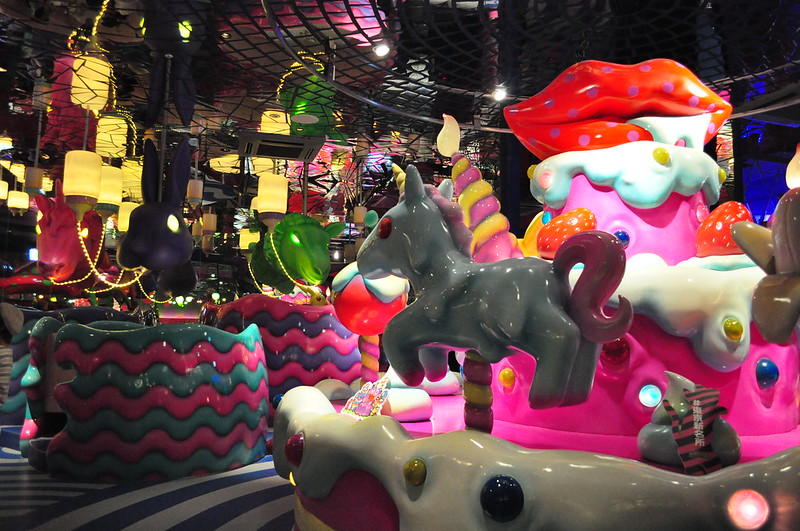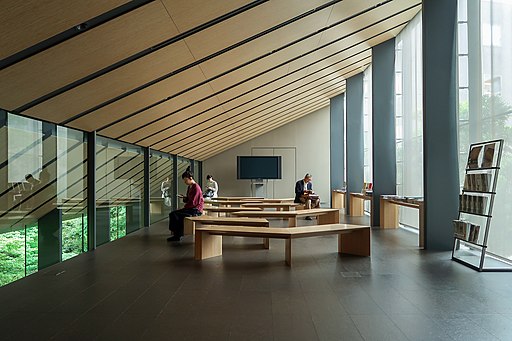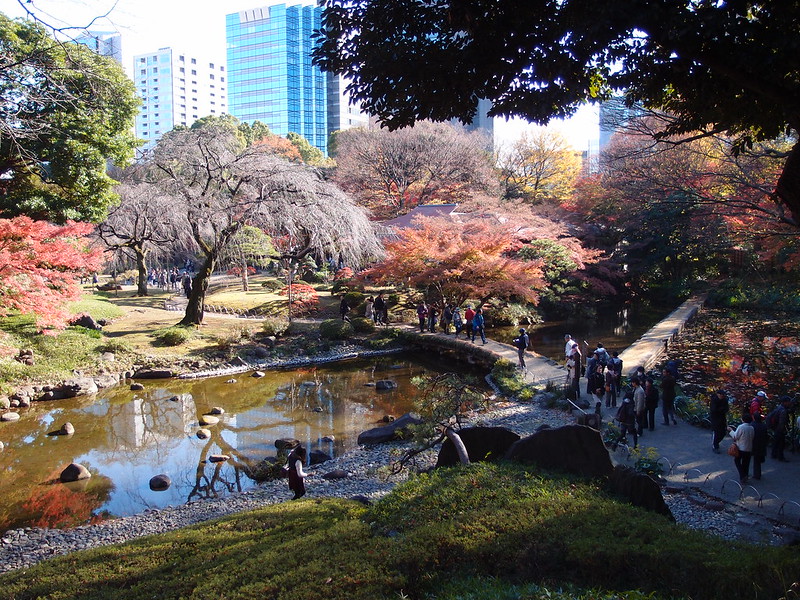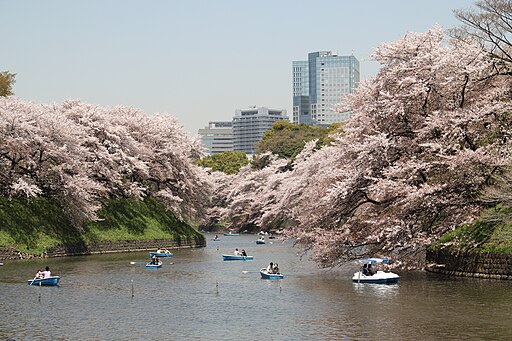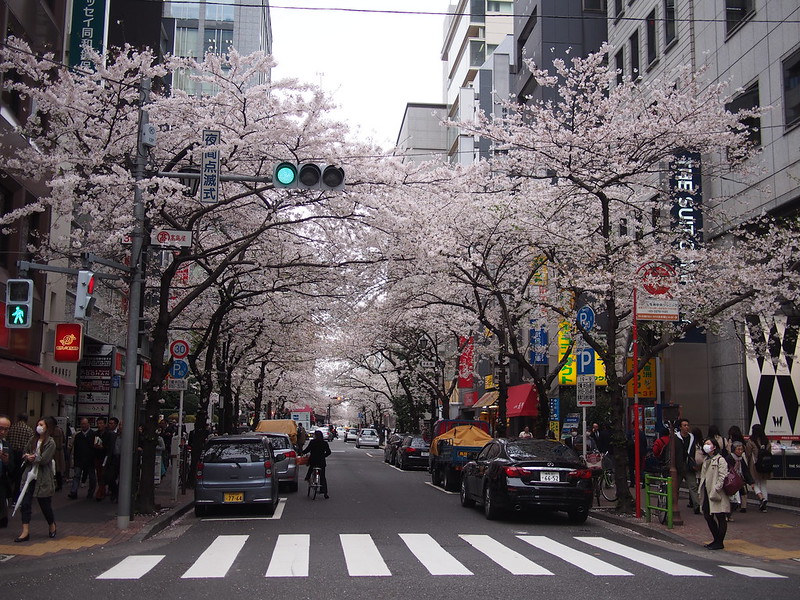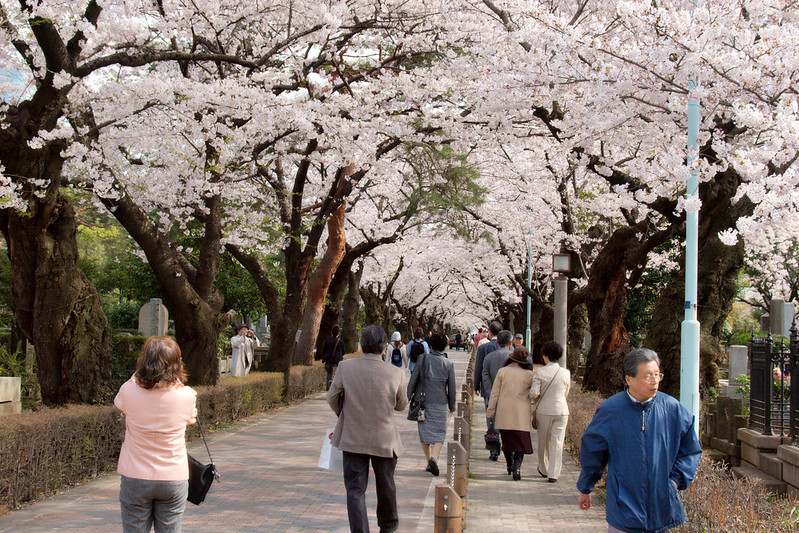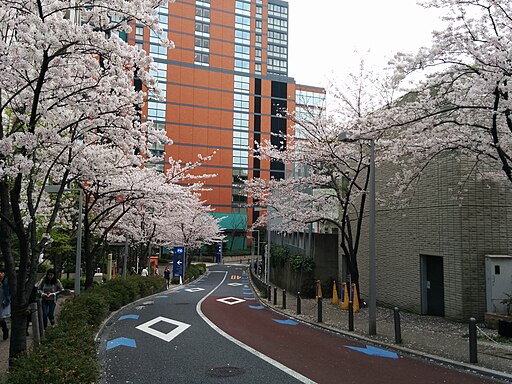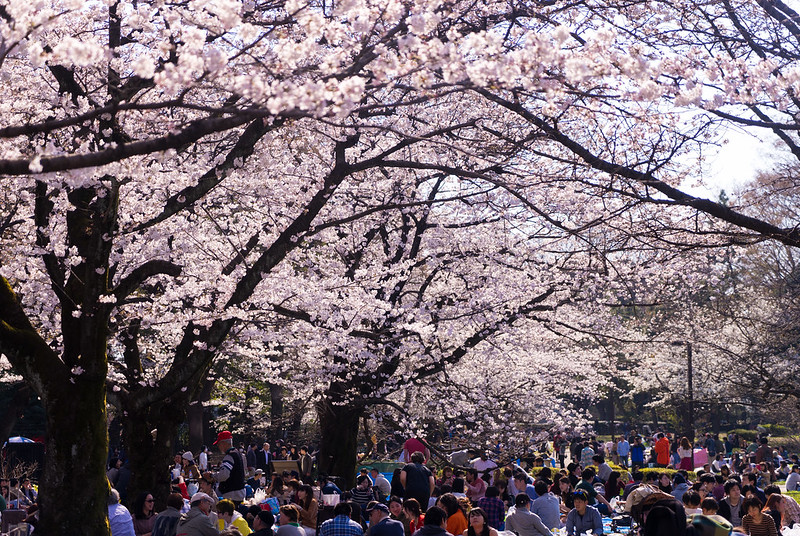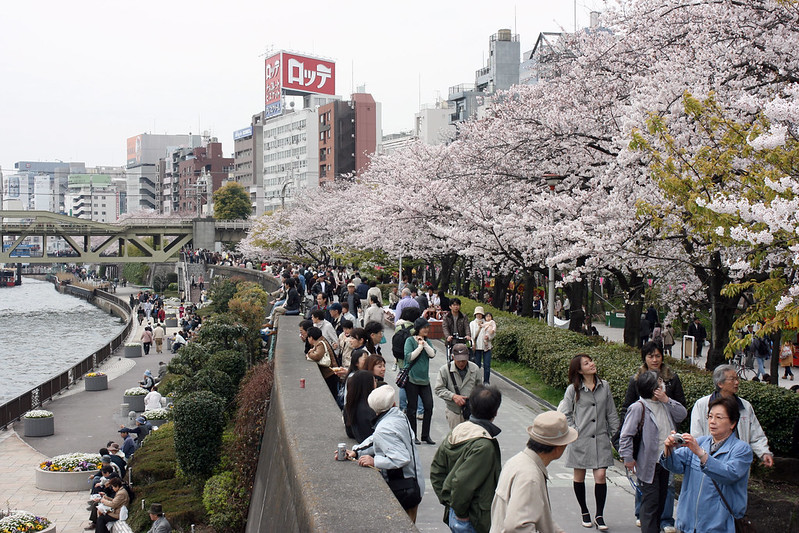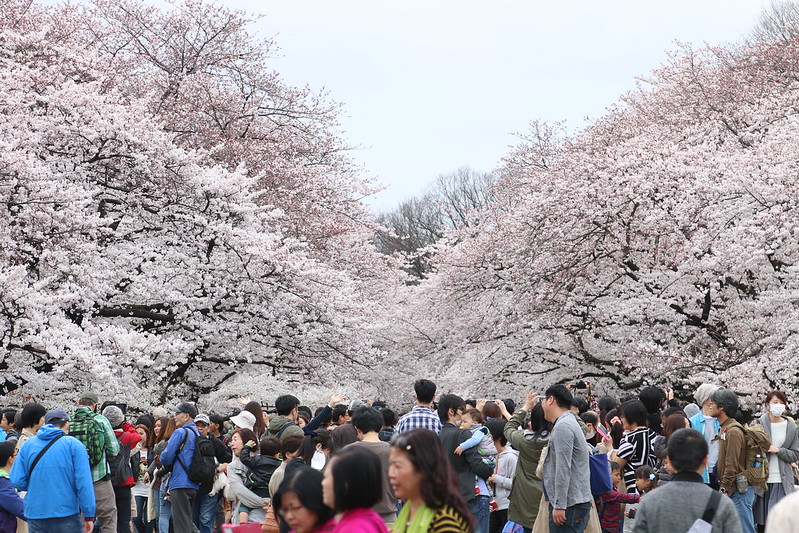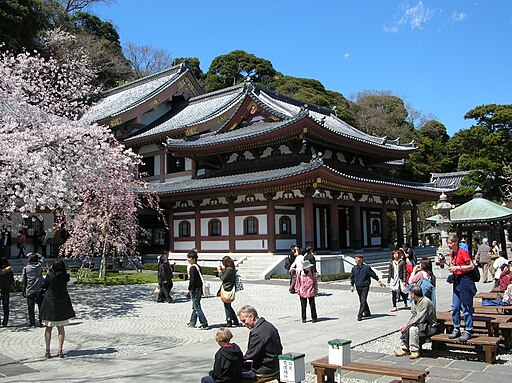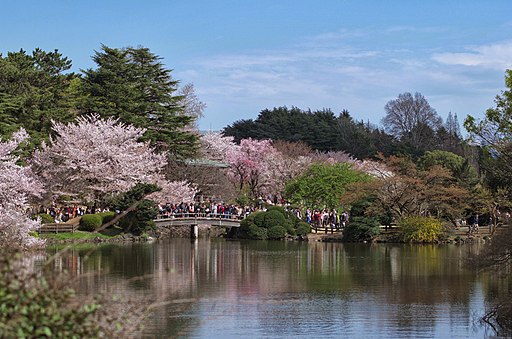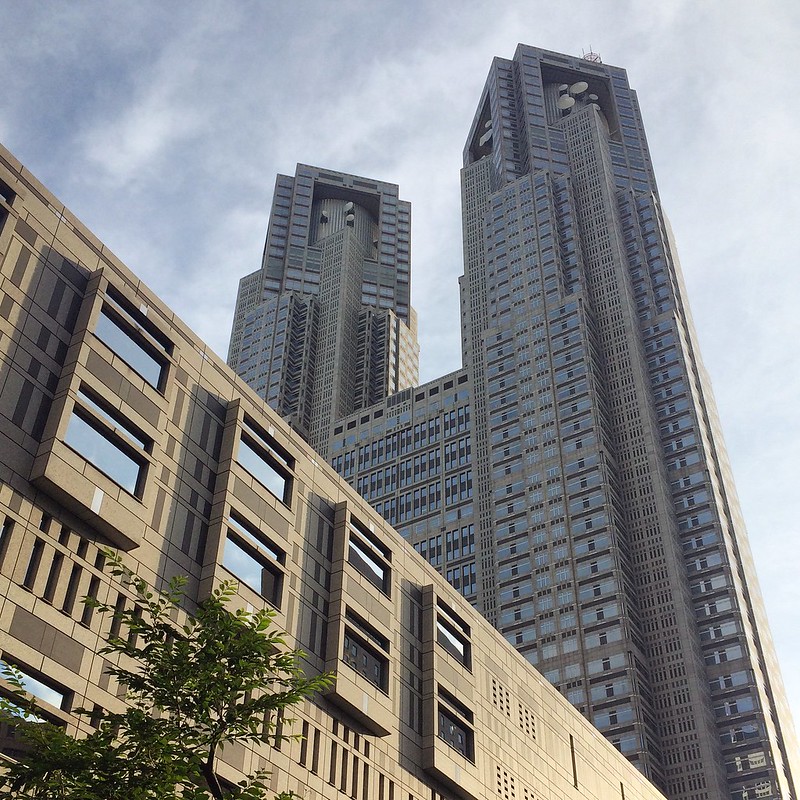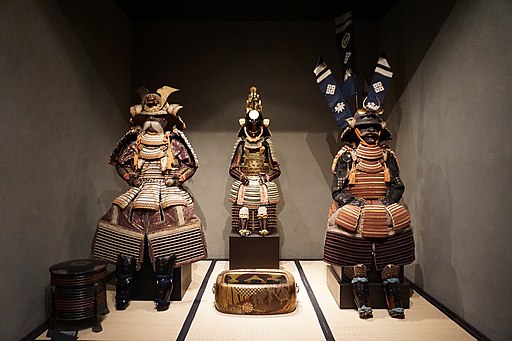If you want to experience real, traditional Japan, then we recommend that you take a visit to Kagurazaka. Located just outside of the Imperial Palace, Kagurazaka used to be the geisha district in the Taisho Period in the early 20th century. While maintaining the traditional Japanese vibes, Kagurazaka has also developed a French community, with various French restaurants and supermarkets as well. Unlike most parts of Tokyo, Kagurazaka still maintains its traditional appearance, similar to that of places like Kyoto.

Where is Kagurazaka?
Kagurazaka is located in the central area of Tokyo, near Tokyo Dome and stretches out between Iidabashi Station and Kagurazaka station.
To get to Kagurazaka from Shinjuku Station, you can take the Chuo line down to Iidabashi Station. From Tokyo Station, you can walk to Otemachi Station and take the Tozai line to Kagurazaka Station.
Things to do
Spend the Whole Day at Tokyo Dome City
Tokyo Dome is a venue for many huge sporting events and right outside of the stadium is Tokyo Dome City. Here, there’s all kinds of things from an amusement park to hotels, many restaurants, a space museum, a hot spring, and so much more. You can easily spend a whole day within Tokyo Dome City and it’s kid-friendly as well!
Hours: 10:00am – 9:00pm
Address: 1 Chome-3-61 Koraku, Bunkyo City, Tokyo 112-0004, Japan
Phone Number: +81 3-5800-9999
Take a Stroll Through Kagurazaka Street
The main street of Kagurazaka runs from Iidabashi Station all the way down to Kagurazaka Station. We recommend starting from Kagurazaka station and walking all the way down to Iidabashi Station and take a look at all the shops in between. You can also take a detour around the narrow, stone-paved back alleys where you’ll find shops and restaurants in surprisingly narrow spaces.
Address: 神楽坂 Shinjuku City, Tokyo 162-0825 Japan
Morning Walk in Koishikawa Korakuen Garden
Koishikawa Korauen Garden was built in the 17th century and it’s one of the best gardens to visit in Tokyo. Located right behind Tokyo Dome, this garden feels like the hidden nature getaway in the middle of a busy city.
This garden is also one of the best places to go for sakura or fall foliage season so make sure to add that to your bucket list!
Hours: 9:00am – 5:00pm
Address: 1 Chome-6-6 Koraku, Bunkyo City, Tokyo 112-0004, Japan
Cost: 300 yen
Phone Number: +81 3-3811-3015
Akagi Shrine
When you exit Kagurazaka Station, you may notice a bright red shrine gate when you come up exit 1. Akagi shrine is small compared to other famous shrines like Meiji, but it’s one of the cleanest, most modern shrines around. The whole shrine was redesigned in 2010 with a modern look and the whole place gives off an upscale atmosphere, which is quite uncommon for a shrine!
Hours: 9:00am – 5:00pm
Address: 1-10 Akagi Motomachi, Shinjuku City, Tokyo 162-0817, Japan
Cost: Free
Phone Number: +81 3-3260-5071
Tokyo Daijingu Shrine
If you come to Kagurazaka, it’s worth visiting one of Tokyo’s 5 major shrines. The Tokyo Daijingu Shrine is close to the main Kagurazaka street and many people come to this shrine because it’s the shrine for marriage, love, and relationships (which is a big part of many people’s lives!).
Hours: 8:00am – 7:00pm
Address: 2 Chome-4-1 Fujimi, Chiyoda City, Tokyo 102-0071, Japan
Cost: Free
Phone Number: +81 3-3262-3566
Zenkokuji Temple
When walking through Kagurazaka street, it’s hard to notice the big building with the red gate. Zenkokuji Temple is one of the most popular temples in the area and was built to worship one of the 7 lucky gods. There are two tiger statues guarding the front and it’s also a good place to bring your kids and pray to the luck gods!
Hours: 9:00am – 6:00pm
Address: Japan, 〒162-0825 Tokyo, Shinjuku City, Kagurazaka, 5 Chome−36
Cost: Free
Phone Number: +81 3-3269-0641
Yayoi Kusama Museum
Yayoi Kusama is a world famous Japanese artist. Yayoi had a rough childhood and had hallucinations since she was little, which became the inspiration for her work. Her museum showcases some of her best work, including the famous polka dot designs. There’s no same day admission and you’re required to buy the tickets ahead of time. Here’s a link to the museum’s website.
Hours: 11:00am – 5:30pm
Address: 107 Bentencho, Shinjuku City, Tokyo 162-0851, Japan
Cost: 1100 yen
Phone Number:
Museum of Science at Tokyo University of Science
If you’re looking for something free, you can check out the Science Museum at Tokyo University of Science. There’s various exhibitions that displays a lot of the technologies used during Japan’s industrial age. It’s a good place for a rainy travel day or somewhere to take your kids!
Hours: 10:00am – 4:00pm, Closed Sundays, Mondays
Address: Japan, 〒162-0825 Tokyo, Shinjuku City, Kagurazaka, 1丁目3
Cost: Free
The Hidden Alleyways of Kagurazaka
Kagurazaka is known for its stone paved back alleys from the Edo Period. While walking on the main street, turn into one of the back alleys and you’ll find lots of hidden restaurants and izakaya rooted in these areas. In the daytime, these back alleys make for a great photo shoot location as well!
Bring Home Some Traditional Japanese Souvenirs
If you want traditional, authentic Japanese souvenirs, then Kagurazaka is the best place to buy it. Here are some great places to shop at in Kagurazaka.
Gallery & Cafe Mikado
Local ceramics shop.
Hours: 11:30am – 6:00pm
Address: 2F 6 Chome-34, Kagurazaka, Shinjuku City, Tokyo 162-0825, Japan
Phone Number: +81 3-3235-3222
La Kagu
Hipster household goods shop.
Hours: 11:00am – 8:30pm
Address: 67 Yaraicho, Shinjuku City, Tokyo 162-0805, Japan
Phone Number: +81 3-5946-8241
Noren Kagurazaka
Traditional Japanese items store.
Hours: 10:00am – 9:00pm
Address: Japan, 〒162-0825 Tokyo, Shinjuku City, Kagurazaka, 1 Chome, 12番地
Phone Number: +81 3-5579-2975
Ramla Shopping Mall
Shopping mall for everything else.
Hours: 10:00am – 9:00pm
Address: Japan, 〒162-0823 Tokyo, Shinjuku City, 新宿区Kaguragashi, 1−1 セントラルプラザ
Phone Number: +81 3-3235-0181
Geisha Performance Dinner
Kagurazaka is one of the few places left in Tokyo where you can meet an actual geisha. You can make reservations for a dinner geisha performance where a top level geisha performs on stage. This is an awesome way to experience the luxury lifestyle of Edo Japan.
Male Geisha Taikomochi Show
Many people are aware of female geisha, but did you know that there are male geisha as well? They’re called Taikomochi and they’re similar to a joker during the Medieval Times (not the one in batman). Similar to their female counterpart, the Taikomochi also sings and dances on stage, but with a more energetic twist.
Relax at Atami-Yu
Atamiyu is quite different from other hot springs in Tokyo in many ways. When it first opened in 1954, it used to be a bathing ground for geisha and still uses its firewood boiler. Inside, there’s a huge mural of Mt Fuji which definitely creates a relaxing experience!
Hours: 3:00pm – 1:00am, closed Saturdays
Address: 3 Chome-6 Kagurazaka, Shinjuku City, Tokyo 162-0825, Japan
Cost: 470 yen
Phone Number: +81 3-3260-1053
Kagurazaka Events
Kagurazaka Summer Festival
There are not too many events in Kagurazaka, but the Kagurazaka Summer Festival has always been the biggest.
The festival is to celebrate Obon, a Japanese holiday, and lasts for about a week in late July. During the summer festival, decorations are put up on the main Kagurazaka street and there are parades of various traditional Japanese dances. There are also lots of food stalls selling festival foods near the Zenkokuji Temple area. Best of all, it’s absolutely free, so we recommend checking it out if you’re in the area!
Places to Eat
Canal Cafe
Italian food an desserts right in the middle of the river.
Hours: 11:30am – 11:00pm
Address: 1-9 Kagurazaka, Shinjuku City, Tokyo 162-0825, Japan
Phone Number: +81 3-3260-8068
Kagurazaka Sushi Academy
Sushi buffet run and managed by a sushi chef training school.
Hours: Weekdays 11:30am – 3:00pm, 5:00pm – 10:00pm,
Weekends 11:30am – 10:00pm,
closed Wednesdays
Address: 3 Chome-6-3 Kagurazaka, Shinjuku City, Tokyo 162-0825, Japan
Phone Number: +81 50-5266-0379
Oreryu Shio Ramen Kagurazaka
Small chain ramen shop
Hours: 10:00am – 6:00am
Address: 2 Chome-11 Kagurazaka, Shinjuku City, Tokyo 162-0825, Japan
Phone Number: +81 3-3266-1050
Kagurazaka Saryo Honten
Japanese set menu and desserts
Hours: 11:30am – 11:00pm
Address: 5 Chome-9 Kagurazaka, Shinjuku City, Tokyo 162-0825, Japan
Phone Number: +81 3-3266-0880
Kyourakutei
Soba shop
Hours: 11:30am – 2:30pm, 5:00pm – 8:30pm, closed Monday, Sunday
Address: Japan, 〒162-0825 Tokyo, Shinjuku City, Kagurazaka, 3 Chome−6 神楽坂館1階
Phone Number: +81 3-3269-3233
Kagurazaka Kado
Very traditional Japanese restaurant.
Hours: Weekdays 4:00pm – 10:30pm,
Weekends 2:00pm – 10:30pm,
Closed Mondays
Address: 1-32 Akagi Motomachi, 新宿区 Shinjuku City, Tokyo 162-0817, Japan
Phone Number: +81 3-3268-2410
Where to Stay Near Kagurazaka
Kagurazaka is a great place to stay in Tokyo and there are lots of affordable options near Iidabashi station. It’s also very convenient being positioned in the middle and having transportation options to many popular places in Tokyo. If you plan on exploring Tokyo from Kagurazaka station, we highly recommend getting a Metro Pass since many of these lines operate here.
Budget Option:
- APA Hotel Iidabashi Ekimae – Affordable hotel near the station.
- FlexStay Inn Iidabashi – Apartment-like rooms with kitchen and coin laundry system.
Mid-Range Option:
- Tokyo Dome Hotel – Affordable hotel with pool and conveniently located above Tokyo Dome City.
- Hotel Metropolitan Edmont – Casual comfortable rooms with buffet dining and bar space.

